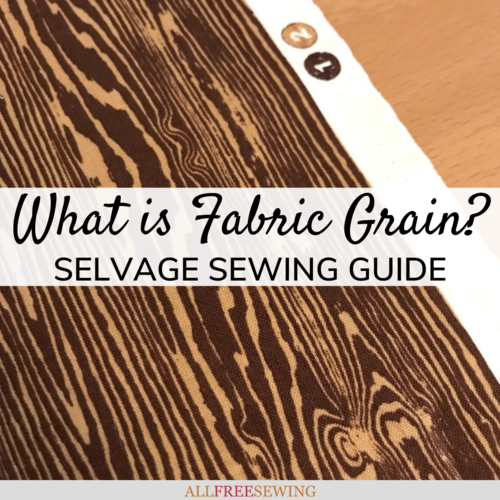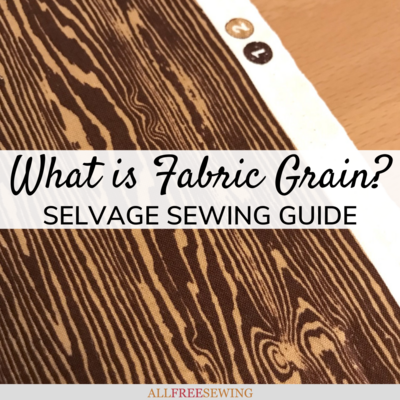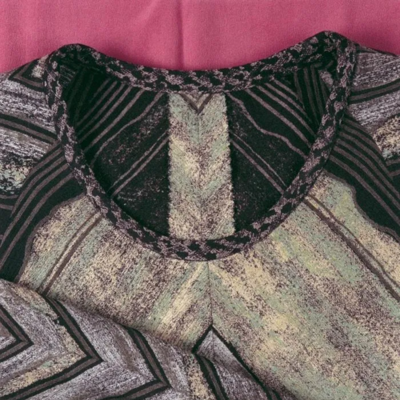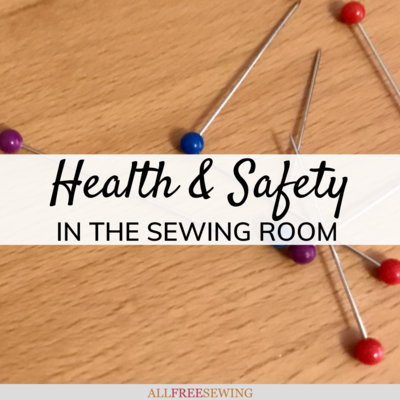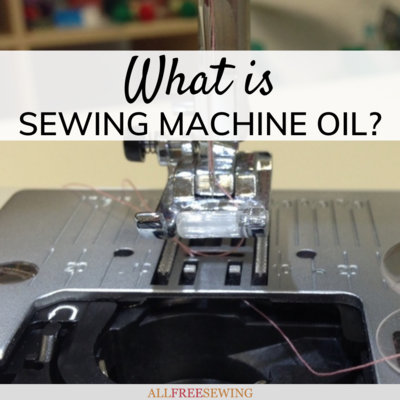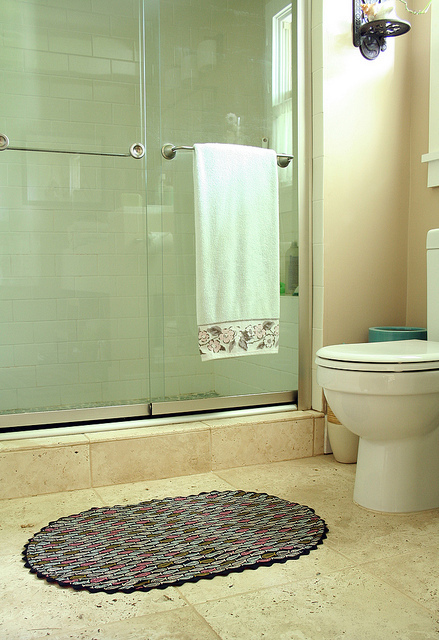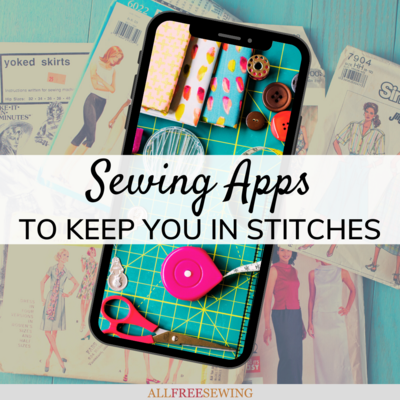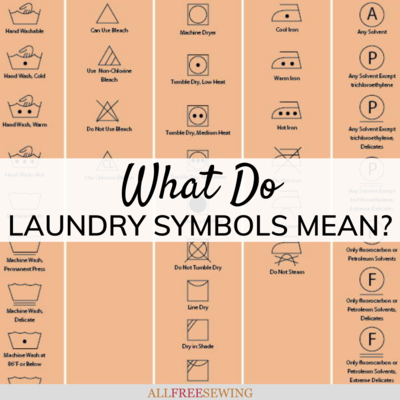What is Fabric Grain? Sewing Guide
With this guide, learn how to find the grain of fabric, which is important for many sewing patterns. Also learn about fabric bias and selvage.
What is Fabric Grain? When sewing from a pattern you might have wondered what exactly is fabric grain and why it's important. Sometimes called the grainline, this part of the fabric is important to understand.
It directs the placement of the pattern pieces and the fabric cut from them, as well as affecting the fit of the garment or home decor being made. Here is a handy guide to learn all about fabric grain!
The fabric grain is related to the fabric bias and selvage. Selvage is the common spelling in US English but selvedge is sometimes used, particularly in British English. Learn everything you need to know about understanding the grain, bias, and selgage, plus how to find each on your fabric pieces.
When it comes to the basics of sewing and understanding all the terms, fabric grain is one of the most important. Hopefully this guide will walk you through all of your questions and more.
Join Sewing It Up For More Free Patterns, Tutorials, & Guides >>
Explaining Fabric Grain
In simple terms, the “grain” is the direction of the threads (or “yarns”) in a woven or machine-knitted fabric. For this reason, felt and other pressed fabrics won’t have a true grain. Most commercial patterns are printed with a grainline arrow.
This indicates the direction the pattern pieces should be placed on the fabric before pinning and cutting. Knowing the direction of the grain will allow you to work more easily, consistently, and accurately.
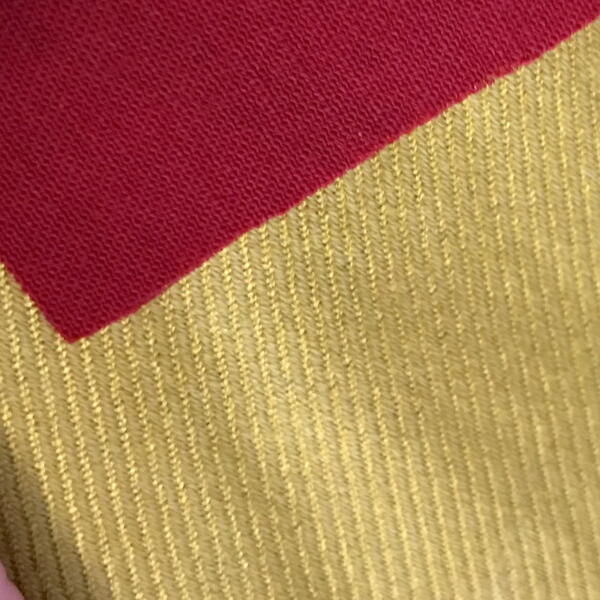
Woven fabrics are made with both a “warp” (the vertical/longitudinal axis yarns) and a “weft” (the horizontal axis yarns).
The warp almost always runs parallel to the fabric’s self-finished edge (the “selvage” or selvedge,” which we will discuss in the next section). The weft, therefore, goes from selvage to selvage across the warp.
Fabric has three distinct grainlines:
• Lengthwise (sometimes called straight-grain, runs along the warp, the least stretchy grain)
• Crosswise (runs along the weft, more stretchy than the straight-grain)
• Bias (runs diagonally, very stretchy)
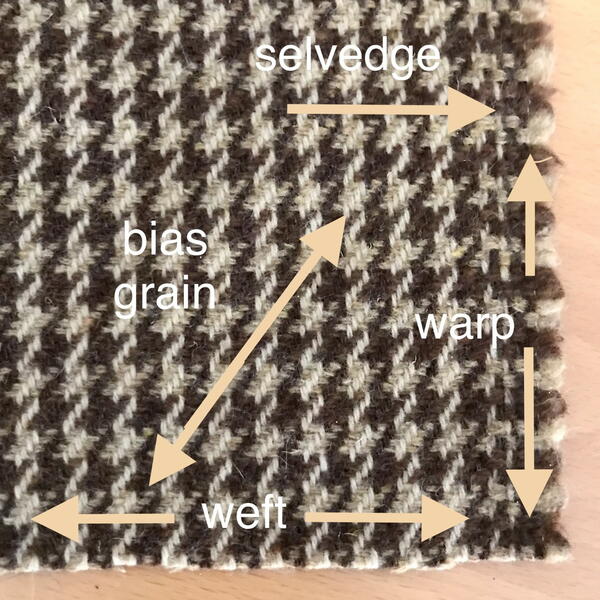
Fabric Selvage
Selvage (or selvedge) refers to the “self-finished” edge of the fabric that is created by the manufacturer. It almost always goes in the same direction as the long warp threads of the grain. This part of the cloth will not fray and can also relay important information.
Selvage often has the fabric company’s logo and branding along it, as well as washing instructions, a note if the fabric is only for private use), etc. This finished edge isn’t usually included in the pieces that are cut out of the fabric but is still useful for the reasons above.
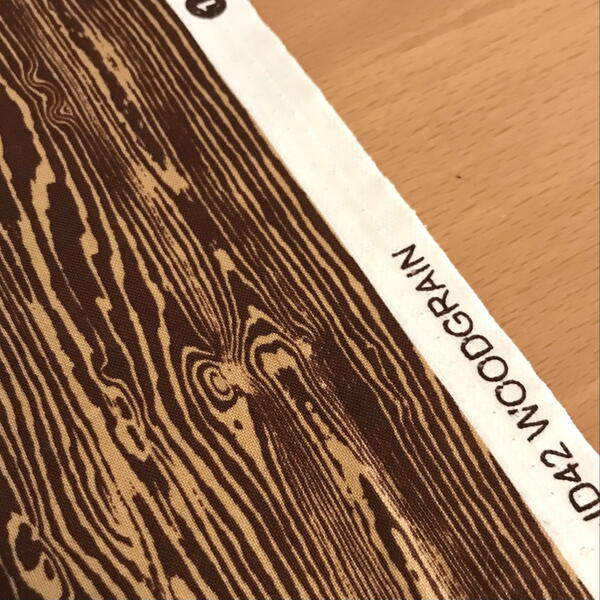
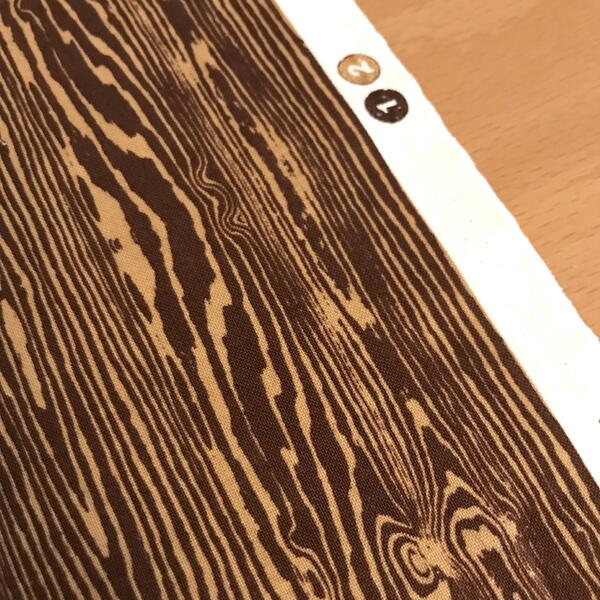
Working On and Against the Fabric Grain
Now that the terms have been defined, let’s talk about using the grain while sewing. Cutting out pieces of material that are “with” or “on” the grain involves placing the pattern pieces along the warp or the weft lines (depending on the pattern, fabric type, etc.).
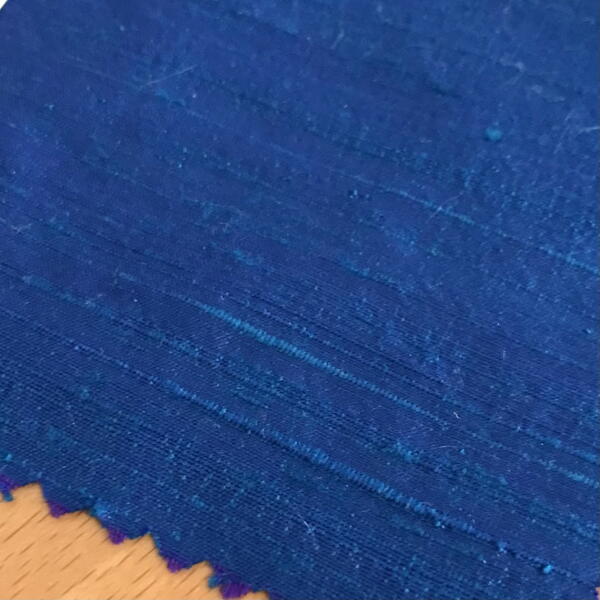
Working “against” the grain refers to cutting the fabric so it is on the bias (the stretchy diagonal direction). Bias-cut clothing tends to be flowier and the fabric will stretch, while straight-grain items are often more tailored.

Want More?
130+ Sewing Questions Answered >>
Which do you prefer when sewing- along the grain or on the bias?

